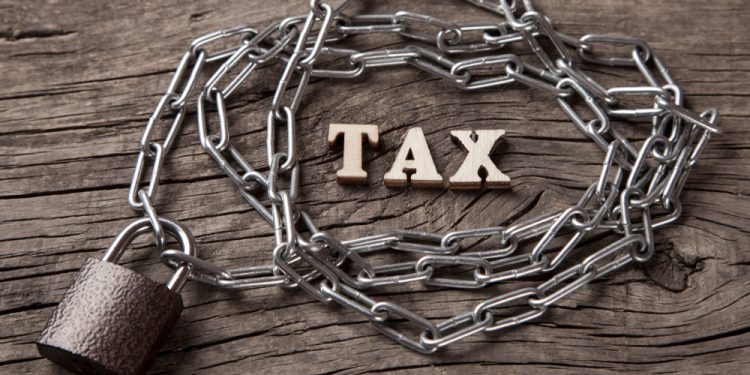An increasing number of pensioners are now paying income tax, according to HMRC data, with the full state pension now accounting for 95 per cent of the personal allowance.
This latest figures from HMRC show that there were 7.13m taxpayers of pension age for the tax year 2022 to 2023 — an increase of 5.7 per cent compared to the previous tax year.
Given this is a lagging indicator, experts say the current figure will be significantly higher, given the increases to the state pension in recent years, while the personal allowance has remained frozen at £12,570.
Quilter’s tax and financial planning expert Shaun Moore points out that in the the 2022 to 2023 tax year, the full rate of the new state pension was £9,627.80 per year — which utilised just over three quarters of the personal allowance.
In comparison in the 2025 to 2026 tax year, the state pension has risen to £11,973 per year — which is 95 per cent of the personal allowance. Moore says this leaves just £597 of available income before someone starts paying income tax.
“This increase in the state pension will no doubt have resulted in a considerable proportion of pensioners being dragged into paying tax.”
He adds: “If the triple locks still in place, and the state pension continues to rise by at least 2.5 per cent by the 2027 to 2028 tax year it will surpass the personal allowance, and will see all pensioners in receipt of the full new state pension forced to hand some of it back.”
Under the terms of the triple lock that state pension rises by 2.5 per cent, inflation or average earnings, depending which is highest, indicating a minimum increase of 2.5 per cent a year.
Moore adds: “Pensioners are often among the worst hit by frozen tax allowances because they typically will be getting their income from a number of different investments and therefore lean heavily on CGT and dividend allowances to help create a retirement income in addition to their pension.
“However, the government has made it very difficult to avert being taxed very heavily on these types of investments. It is vital that that people look across the spectrum of financial products that provide tax efficiency and use them in the right way and at the right time to try to prevent their income being eroded by tax.”
This HMRC data set also shows how the impact of ‘fiscal drag’ with personal income tax thresholds frozen since 2022, which has helped boost government revenue.
The figures show that in the 2022/23 tax year there were a total of 34.5m taxpayers, 19.1m of which were male and 15.4m were female. This represents an increase of 1.5m taxpayers compared to the previous tax year, as wages climbed while income tax thresholds remained stagnant.
The figures also reveal a stark disparity between the median income for men and women.
Across all age groups, the median income was £31,100 for males and £25,500 for females – a huge difference of almost 20 per cent. In addition, there were more male than female taxpayers in every age range and males had higher median income throughout.
Moore adds: “21,000 men earn over £1m and 40,000 earn over £500,000, compared to just 4,000 and 9,000 women respectively. While these numbers are stark, it is even more concerning that close to 1m more men earn over £50,000 compared to women.
“Across all the data released this morning, the only area in which women continue to outpace men is in the number earning the lowest levels of income. Women are considerably more likely than men to be earning £12,700-£15,000 in total income, while men take the lead in every other higher income band.”





